How AI Is Helping Job Seekers
The job search is broken. But AI isn’t the enemy, it’s your edge. Here’s how regular people are using it to change the game.
Table of contents
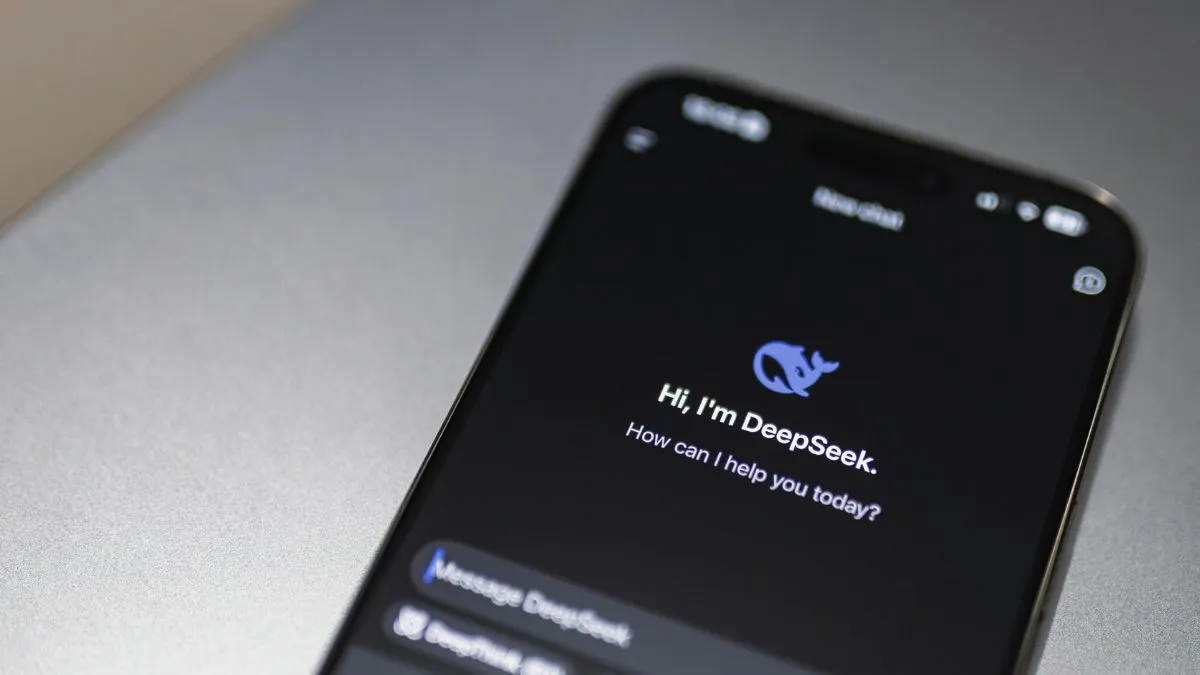
The job search is broken. But AI isn’t the enemy, it’s your edge. Here’s how regular people are using it to change the game.
The modern job hunt feels like shouting into the void. You send out dozens of applications, tailor each resume, and wait… often to hear nothing back. It's not just you. According to a study conducted by Preptel, a prominent job search firm, more than 75% of resumes are rejected before a human ever sees them, filtered out by automated systems that scan for keywords and formatting. It’s discouraging, impersonal, and leaves many wondering if they’re doing something wrong.
At the same time, artificial intelligence is everywhere, and for many, it feels like just one more thing to catch up on. But here’s the twist: AI isn’t just for techies or recruiters. It’s quietly becoming the job seeker’s best ally.
Forget sci-fi. Real people - mid-career professionals, those returning to work, freelancers juggling side gigs - are using AI to level the playing field. From rewriting resumes that beat the bots to prepping for interviews with tools that mimic real-life recruiters, AI is helping people show up stronger and more prepared.
In this article, we’ll cut through the hype and show you how everyday job seekers are using AI right now—not tomorrow—to reclaim control over their careers. No coding required, just smart, accessible tools that work with you, not against you.

The modern job search isn’t just difficult—it’s demoralizing. For many, it feels less like a professional pursuit and more like trying to win the lottery. You spend hours tailoring resumes, writing cover letters, and navigating clunky online portals, only to be met with silence. What’s going wrong?
One of the biggest culprits is the Applicant Tracking System (ATS)—a software used by most employers to screen candidates. These systems are designed to scan, rank, and filter applications before a human ever looks at them. The result? Between 75–85% of resumes are rejected automatically, often for reasons as small as formatting errors or missing keywords.
What’s worse is that candidates almost never receive feedback. You hit “submit,” and then... nothing. No “thanks,” no “no,” no indication of what worked or didn’t. It’s like sending your resume into a black hole.
More than 95 percent of Fortune 500 companies rely on ATS to streamline their recruitment processes and manage the deluge of applications pouring in weekly.- Kerri Anne Renzulli, as reported by CNBC
To improve their odds, many job seekers play the numbers game—sending out 50, 100, sometimes even more applications. But more volume doesn’t always equal better results. In fact, it often leads to burnout.
The emotional impact is real: rejection fatigue, decision paralysis, and a slow erosion of confidence. Every unanswered application chips away at your sense of worth. And when the process feels random or unfair, it’s hard to stay motivated.
Then there’s the digital divide—and it’s not just about internet access. Many job seekers feel lost in today’s tech-driven job market. Younger or more digitally fluent candidates often know how to optimize their resumes, use LinkedIn like a pro, and navigate AI tools. But for mid-career professionals, career changers, and those returning after a break, the learning curve is steep.
What used to be a straightforward process has become a maze of algorithms, platforms, and personal branding. And if you’re not fluent in this new language, you risk being left behind—not because you lack talent, but because you haven’t been handed the right tools.
The good news? That’s changing—and you don’t need to be a tech expert to catch up.
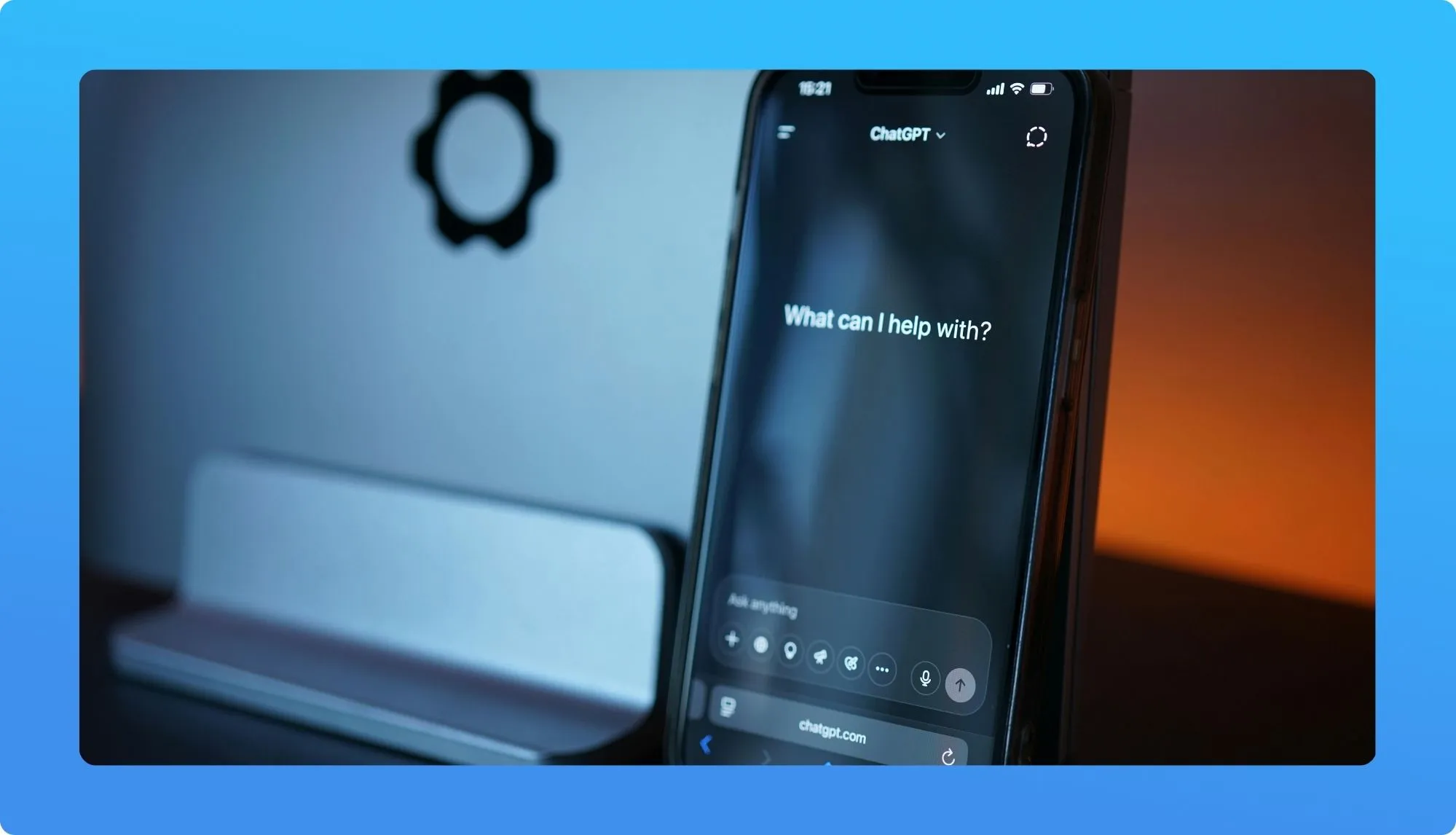
It’s easy to hear “AI” and think of robots taking jobs. But when it comes to your job search, AI isn’t the competition—it’s the co-pilot.
Recruiters and hiring managers are already using AI. From resume scanners to automated interview scheduling, much of the hiring process is now handled—or at least assisted—by software. If the other side of the table is using AI, it only makes sense that job seekers do the same.
The good news? You don’t need a computer science degree or expensive subscriptions. Many of today’s AI tools are designed for non-technical users. They’re intuitive, affordable (often free), and work right in your browser or phone. In other words, they’re made for you—not just Silicon Valley insiders.
AI as a Smart Co-Pilot
Let’s be clear: AI doesn’t replace your experience, personality, or judgment. What it does is take the busywork and guesswork out of the process. It can help you:
Think of AI as a smart assistant, not a replacement. It speeds you up, sharpens your message, and helps you show up more prepared. But the story it tells is still yours.
Using AI for your job search today is like using Google Maps instead of a paper map. You still choose the destination—it just helps you get there faster and avoid wrong turns.
- AI Job Search Tips: 10 AI Tools to Help You Land Your Next Job, Zapier Blog
This isn’t about cutting corners—it’s about leveling the playing field. If the process is already automated on the employer side, using AI tools as a job seeker is no longer a bonus; it’s becoming a basic necessity.
And the best part? You don’t need to “learn AI” to use it. You just need to know which tools to try—and that’s exactly what we’ll cover next.
AI isn’t magic—it’s practical. For job seekers feeling stuck, here are five common problems and the AI tools people are using to solve them. These aren’t theoretical fixes; they’re real, working solutions you can try today.
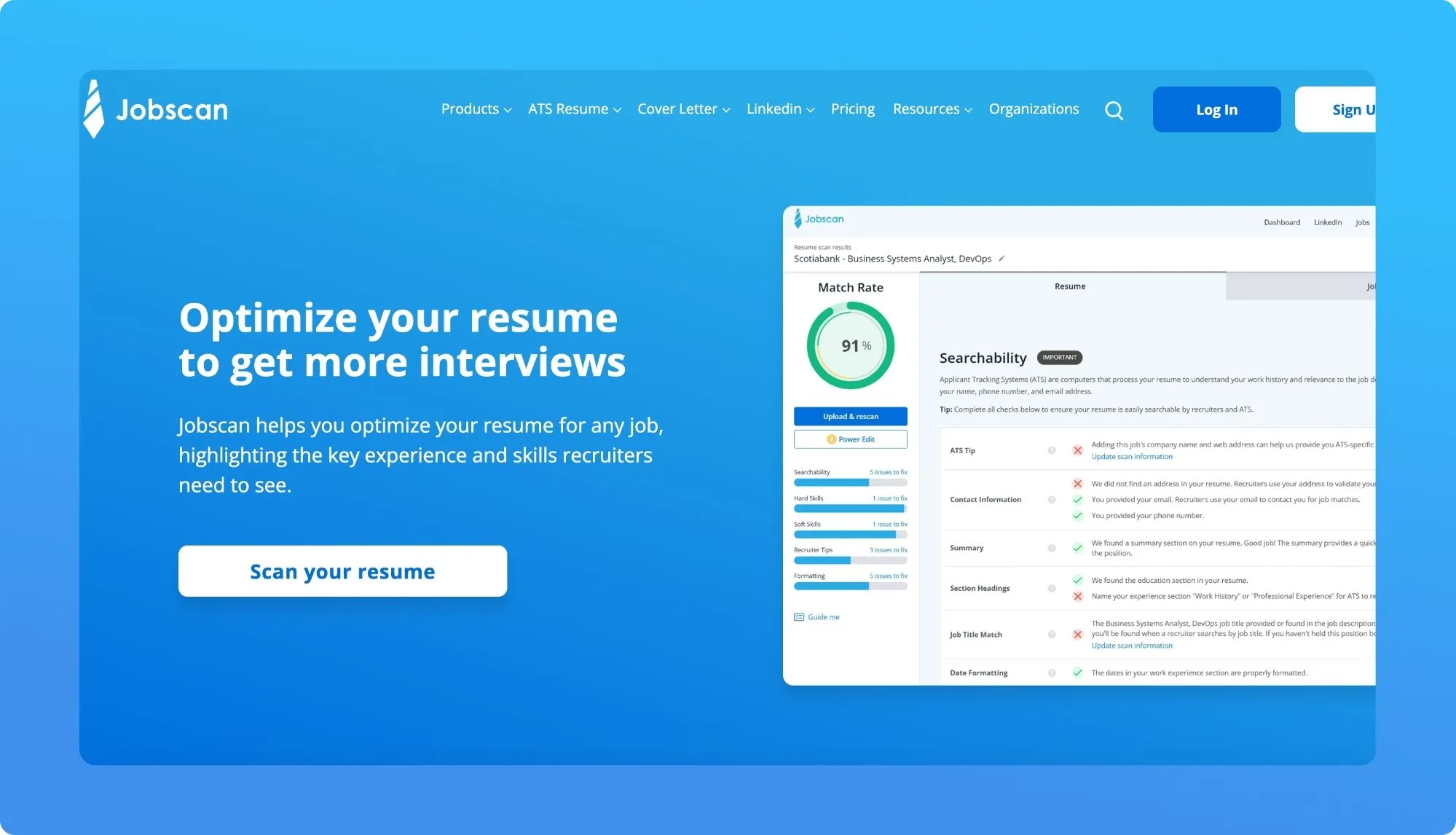
The Problem:
You’ve applied to dozens of jobs, but your resume never seems to get a response. It’s probably not you—it’s how your resume reads to applicant tracking systems (ATS), which filter out resumes before humans see them.
The Tools:
How to Use It:
Mini-Hack or Prompt:
Paste the job listing into Jobscan and let it show you exactly what your resume is missing. Then plug the gaps using Rezi’s auto-suggestions.
User Example:
Jobscan helped me realize I wasn’t using the right language—even though I had the experience. I updated my resume and got three interviews the next week.
– Jamal, marketing specialist
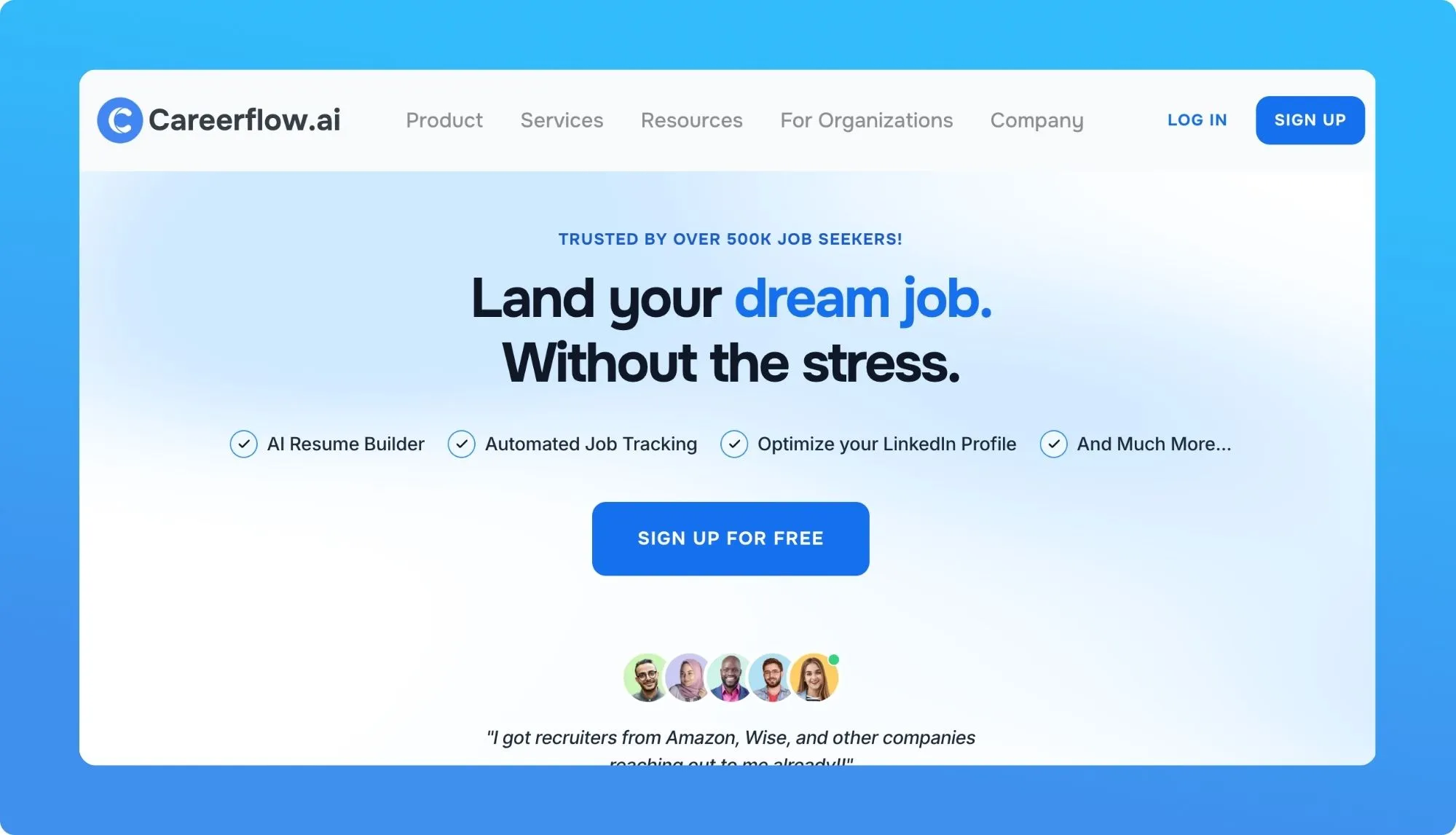
The Problem:
You know you want to make a move—but you’re unsure what roles fit your skills, or what titles to even search for.
The Tools:
How to Use It:
Mini-Hack or Prompt:
Use this prompt: “Based on my experience in [X], what adjacent roles or industries are growing in 2025?”
User Example:
I never considered customer success roles until ChatGPT broke it down for me. It turns out I had most of the right skills already.”
– Priya, transitioning teacher
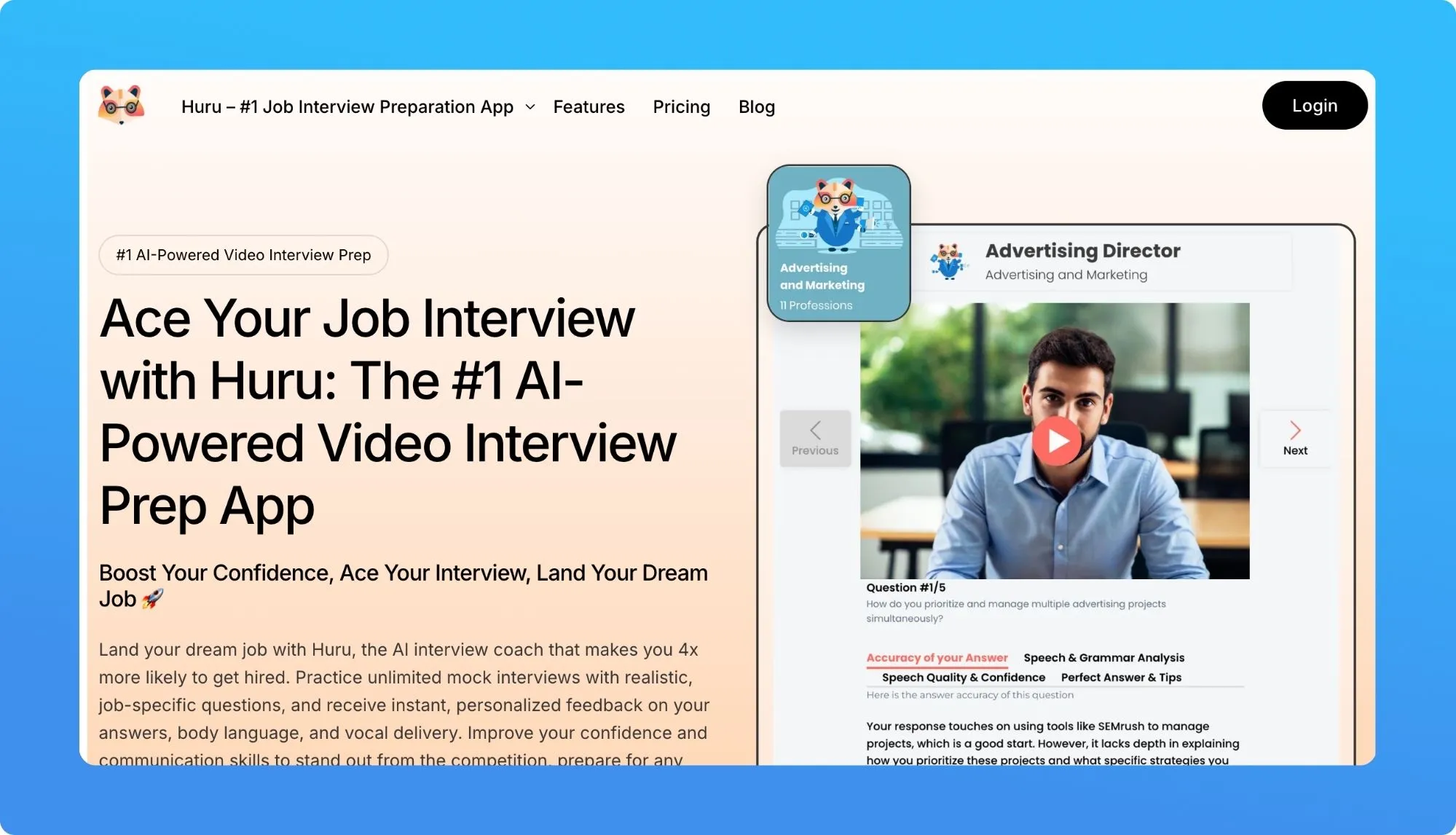
The Problem:
You freeze, ramble, or go blank during interviews. Practicing with friends helps, but it doesn’t prepare you for curveballs or give you detailed feedback.
The Tools:
How to Use It:
Mini-Hack or Prompt:
Ask ChatGPT: “Conduct a mock interview for a [UX designer] role at [Spotify] and give me feedback on my answers.”
User Example:
Final Round AI helped me realize I was over-explaining everything. I tightened my answers and finally felt confident walking into an interview.
– David, mid-career software engineer

The Problem:
You’re seeing job descriptions full of tools and terminology you don’t recognize. You want to upskill—but don’t know where to begin or how to fit it into your schedule.
The Tools:
How to Use It:
Mini-Hack or Prompt:
Start by asking: “What tools are trending in marketing analytics this year?” Then build a learning track around the top 3.
User Example:
ChatGPT gave me a roadmap I could stick to after the kids went to bed. I didn’t feel behind anymore—I felt like I had a plan.
– Tanya, returning to work after a five-year break
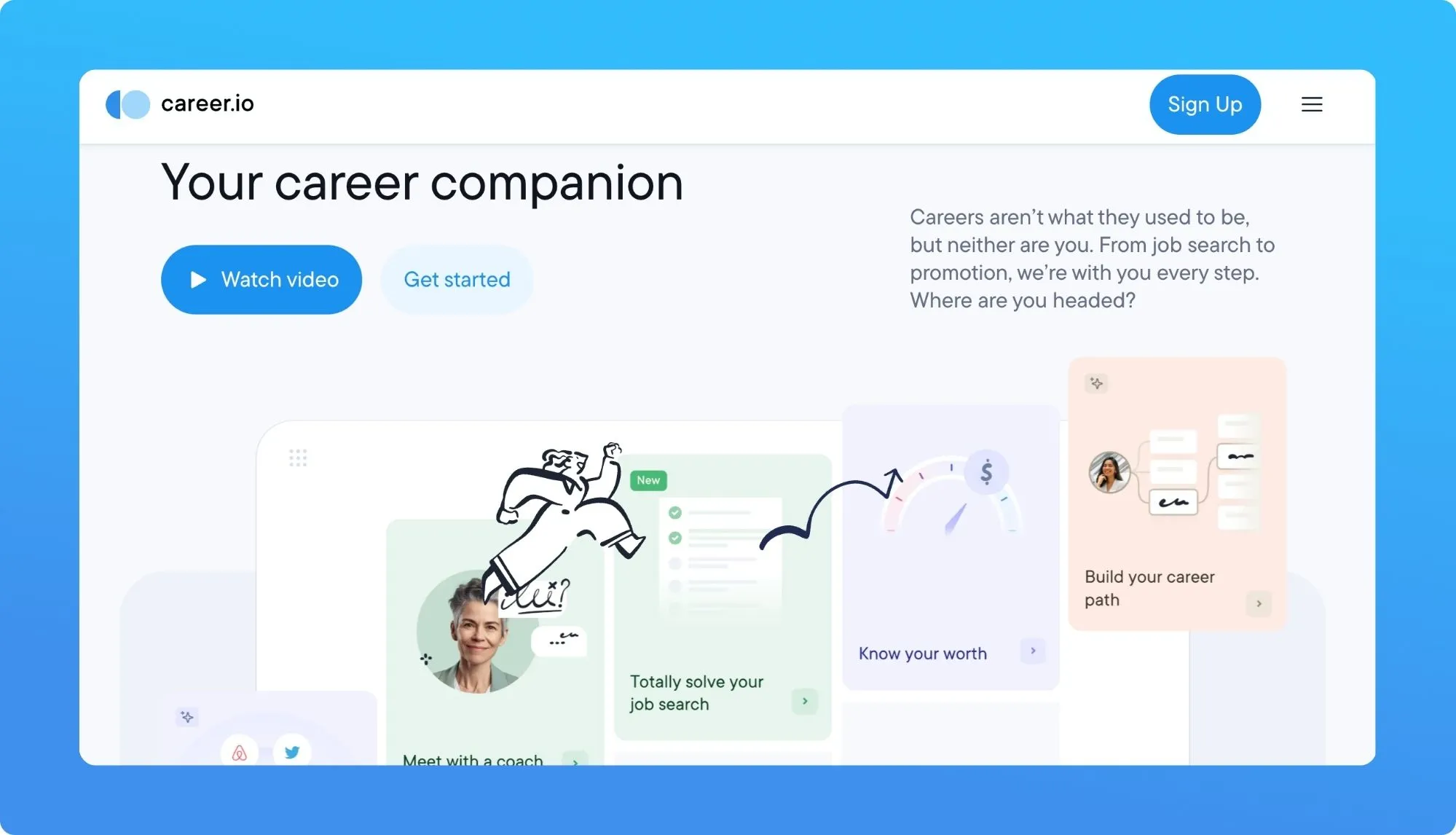
The Problem:
You’re overwhelmed by tabs, job boards, resumes, cover letters, and no clear direction. You need a way to organize your search—without turning it into a second full-time job.
The Tools:
How to Use It:
Mini-Hack or Prompt:
Use Career.io to set weekly application goals, then let SkillSyncer help fine-tune each submission.
User Example:
Career.io helped me see where I was wasting time. I went from applying to 10 random jobs a week to 5 strong matches—and started getting callbacks.
– Eric, logistics coordinator
Bottom Line:
These AI tools aren’t gimmicks. They’re practical, tested, and built to save time while increasing your chances. Whether you're overwhelmed, under-confident, or just out of practice, there's an AI sidekick ready to help you move forward—step by step.

AI job tools aren’t just for recent grads or tech-savvy professionals—they’re a lifeline for people who’ve been sidelined by outdated systems. If you’re in a mid-career transition, returning to work after raising kids, or juggling unstable gigs while trying to find something better, these tools can help you close the gap between your experience and today’s expectations.
You don’t need to be fluent in code or branding to stand out. You just need support—something these AI tools finally make accessible.
“I hadn’t interviewed in 12 years. I used Huru and got confident fast.” – Nicole, HR generalist returning after a career break
Hiring is changing fast. Employers are leaning on AI more than ever to screen, sort, and speed up decisions. That means the way you show up in applications, resumes, and interviews needs to evolve just as quickly.
Adopting these tools now means you’re not playing catch-up six months from now—you’re ahead of the curve. Early adopters are already seeing the benefits: clearer resumes, better interviews, and more callbacks. In a crowded market, being early with the right tools is an unfair advantage.
The takeaway? The job market is being reshaped in real time. And it’s not waiting for anyone to catch up. But with AI on your side, you don’t have to fall behind.
Let’s be clear: AI won’t land the job for you. You still need to put in the effort—know your story, show up prepared, and follow through. But with the right tools, every step becomes smarter, faster, and far less overwhelming.
What once took hours—tweaking a resume, writing a cover letter, practicing interviews—can now take minutes. That means you can focus more on what actually matters: making connections, finding the right fit, and showing up as your best self.
This isn’t about cutting corners. It’s about amplifying what you already bring to the table.
The job market is evolving. With the right tools, so can you.
AI isn’t the future—it’s the upgrade you’ve been waiting for.
Looking to re-invent yourself and turn your talent into a career? Stay up to date with the latest.